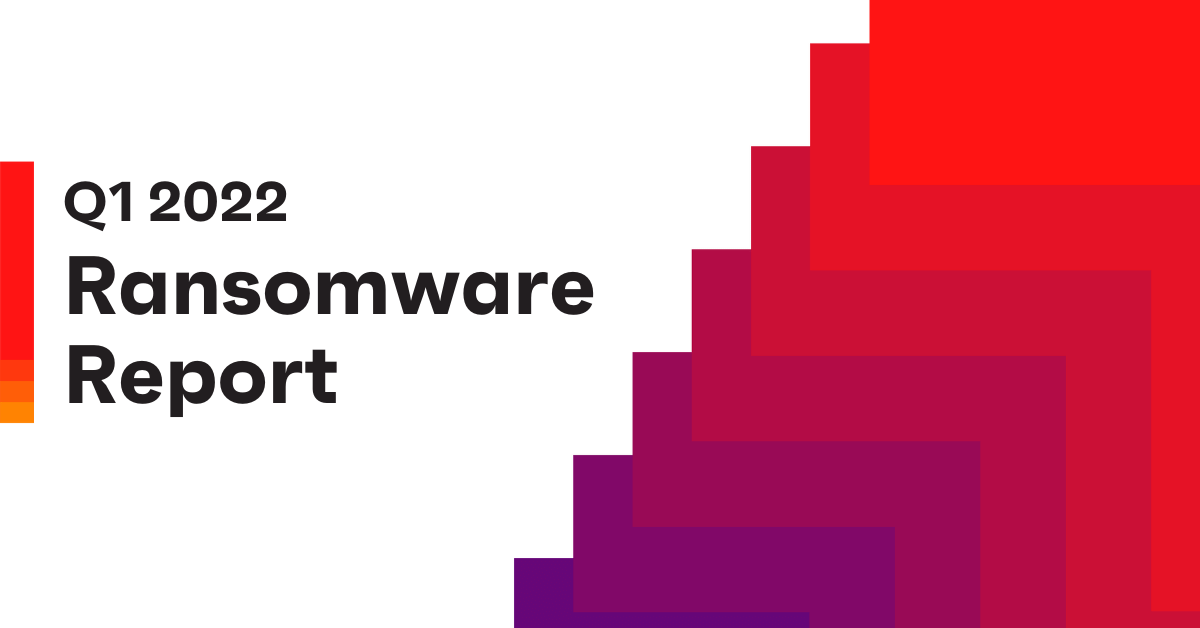New 2022 Report: Alarming Ransomware Trend Shows No Sign of Reversing
It’s no secret that ransomware threats skyrocketed – in both volume and boldness – during the pandemic. Threat actors capitalized on the sudden transition to remote work and the resulting lapses in security.
Now that the working world is beginning to settle into a permanent Everywhere Workplace, you might think the ransomware trend would begin to reverse.
Not so, according to a new report from Ivanti. The report details ransomware trends from Q1 2022, and the findings are bleak.
Here are a few highlights (or, rather, lowlights):
- Since publication of the year-end 2021 report, Ivanti’s analysis shows a strong 7.6% increase in the number of ransomware-affiliated vulnerabilities.
- At the time the report was published, there had been 22 new vulnerabilities associated with ransomware just since January 2022. That takes the total number from 288 to 310.
- Of the vulnerabilities tied to ransomware, at least 11 are undetected by popular scanners.
- 27 new vulnerabilities were added to Conti’s ransomware arsenal this quarter – a ransomware gang that expressed its support of the Russian invasion of Ukraine this past spring.
- Three new APT groups (Exotic Lily, APT 35 and DEV-0401) have started leveraging ransomware to attack targets.
- Four new ransomware families (AvosLocker, Karma, BlackCat and Night Sky) became active in Q1.
The takeaway: ransomware threats are emerging far faster than any IT department can stay on top of manually, even if that department is fully staffed and working around the clock. And, even when technology like a scanners is involved, threats are still going undetected.
As we’ve said before, those of us defending against attacks need to be right every single time; attackers only need to be right once. Current security gaps are more than sufficient to let threat actors wreak havoc.
So, what can security leaders practically do in the face of this increasing threat? Among other solutions, you can consider automating cybersecurity protocols as part of a comprehensive, risk-based vulnerability management program.
The weakest link of any security protocol is the human element, after all. The less you require of your end users and IT or security teams to implement security-centric tasks, the less chance you introduce error into an already delicate balance... and the less chance you have of burning out your security team completely.
To read more about current threats and trends, download the full 2022 Q1 Ransomware Index Report.

